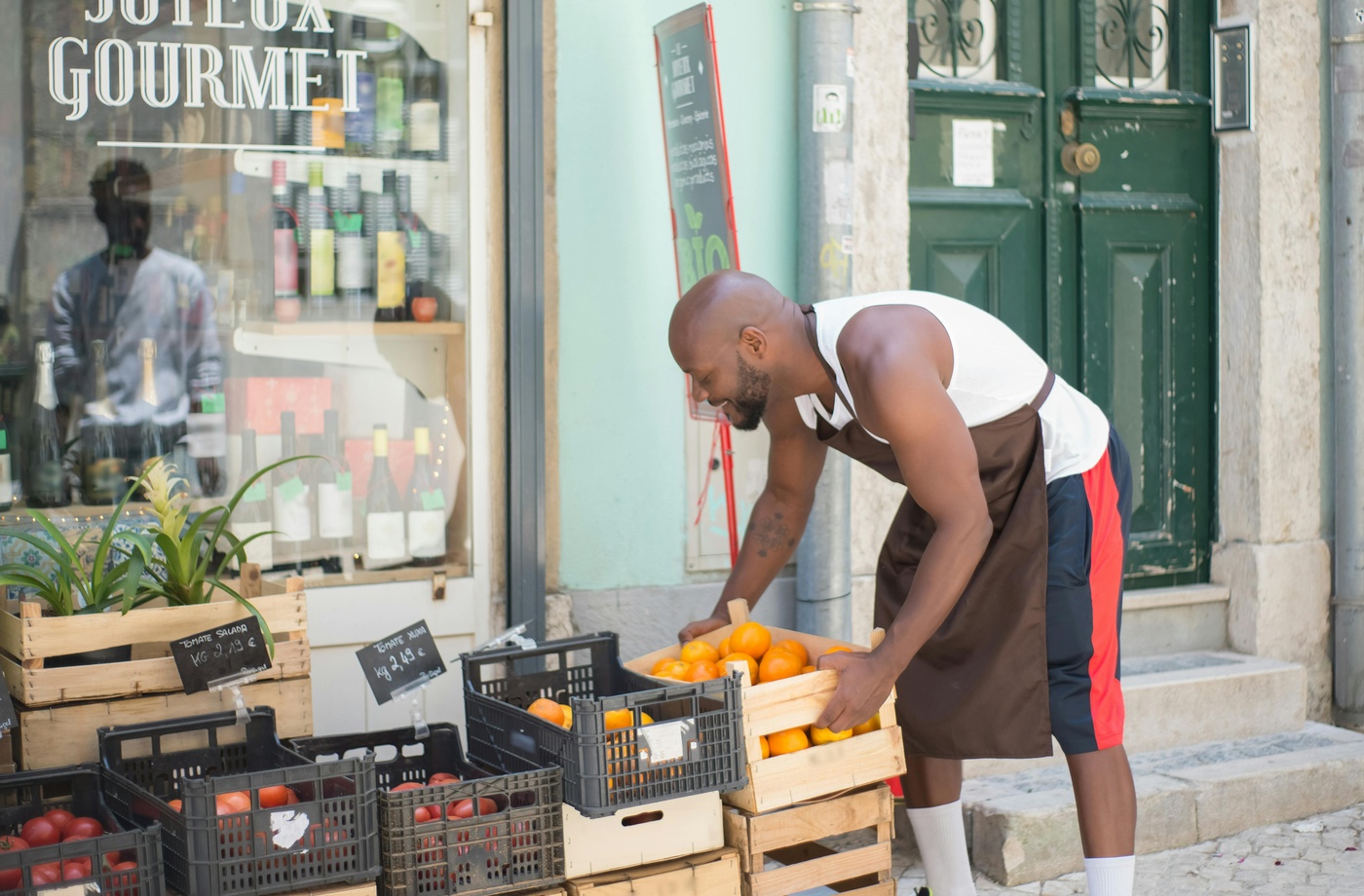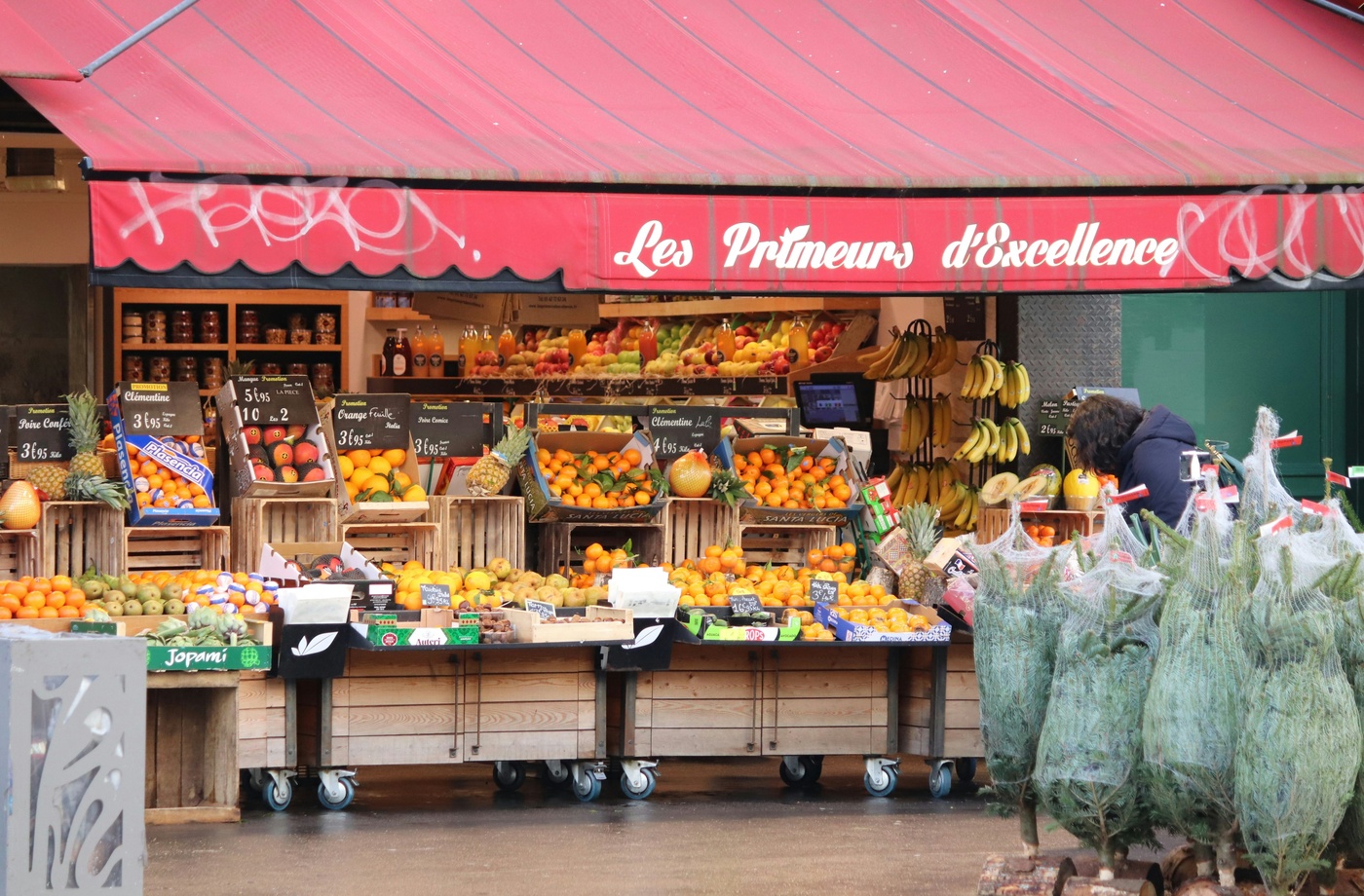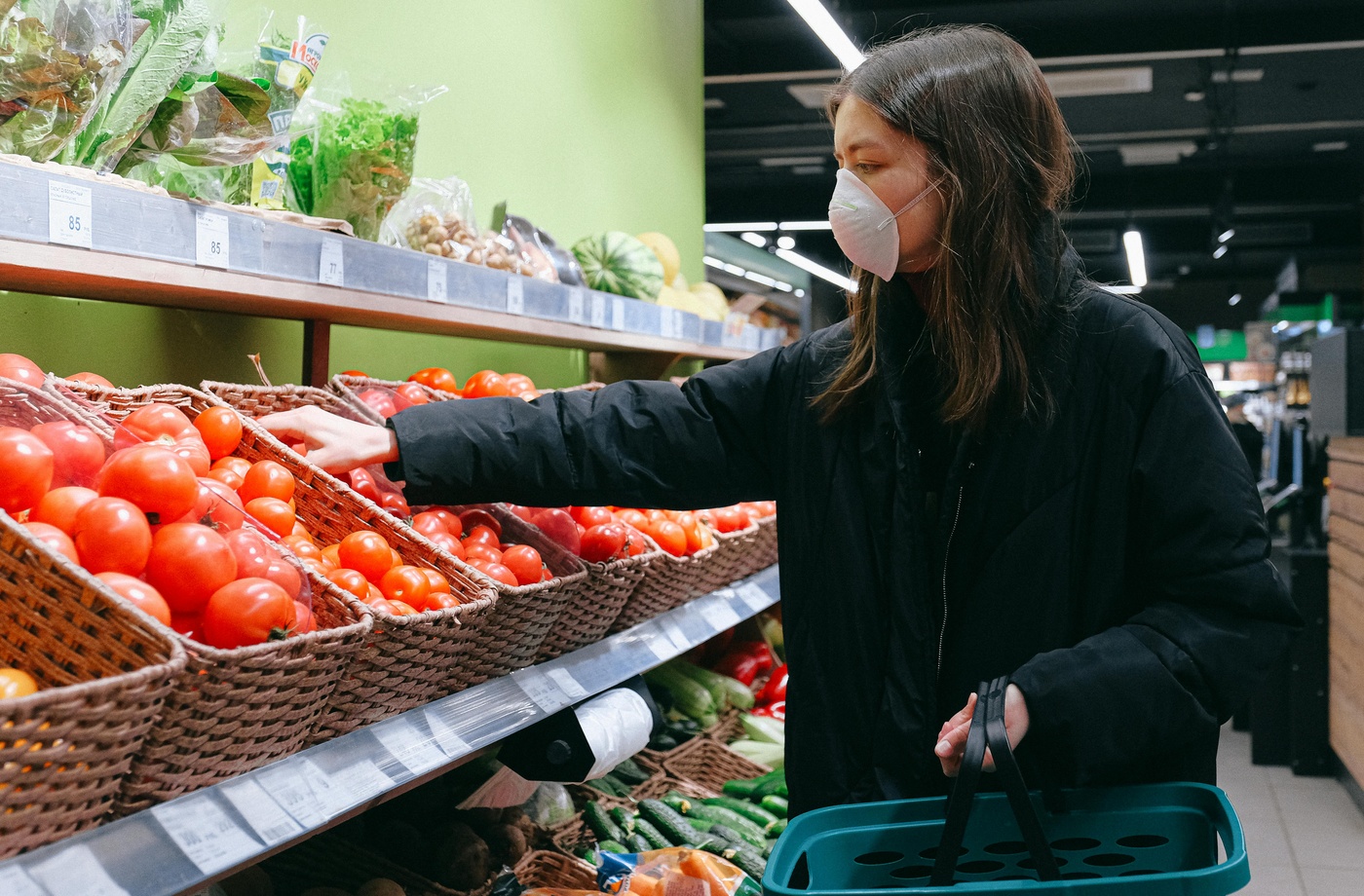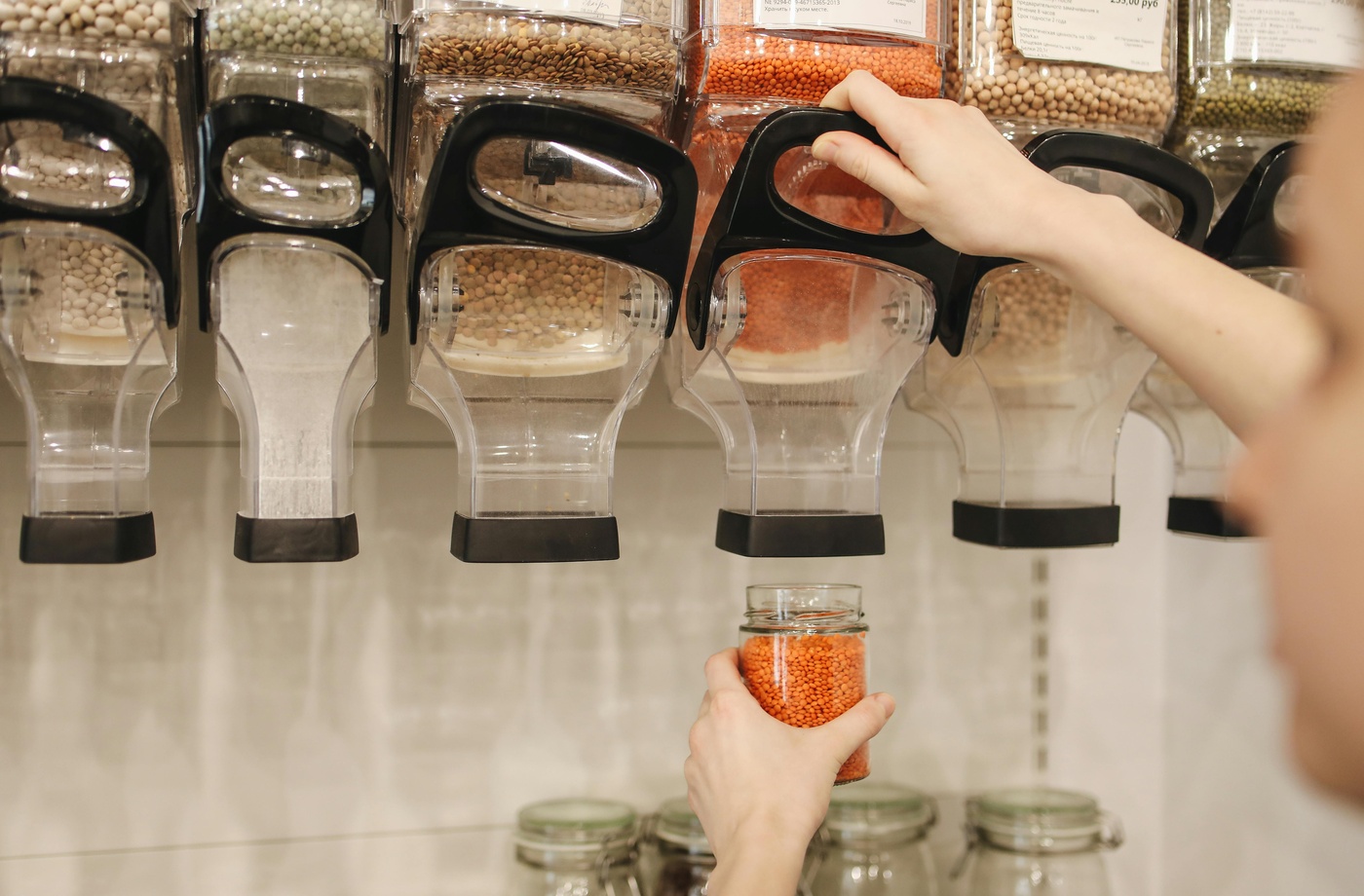Leftovers are often underestimated when it comes to saving money on groceries. With the right approach, leftovers can help stretch your grocery budget, reduce food waste, and simplify your weekly meal planning. But to get the most out of them, it’s important to store, freeze, and reuse food safely and creatively.
This guide covers how to preserve your leftovers properly and transform them into new, satisfying meals.
Why leftovers matter for budget-conscious households
Americans waste nearly 40% of the food they buy, which equates to hundreds of dollars lost per household each year. Proper leftover management helps you reduce that waste, maximize the value of every grocery purchase, and cut down on unnecessary trips to the store.
How to store leftovers safely
Start by following basic food safety principles:
- Store leftovers within two hours of cooking
- Use shallow containers for quicker cooling
- Label containers with the date to keep track of freshness
- Refrigerate for up to 3–4 days, or freeze immediately if not using soon
Use clear containers so you can easily identify contents and avoid forgetting what you’ve stored.
Freezing basics: what freezes well (and what doesn’t)
Most cooked foods freeze well, including:
- Soups and stews
- Cooked grains and rice
- Cooked meats and beans
- Baked goods like muffins or bread
- Pasta dishes (especially without cream-based sauces)
Foods that don’t freeze well include dishes with high water content (like raw lettuce), dairy-heavy sauces, and fried foods (which lose texture when reheated).
Let hot food cool before freezing to avoid freezer burn. Label containers clearly with the dish name and date, and aim to use frozen leftovers within 2–3 months for best quality.
Best practices for reheating
- Reheat leftovers to an internal temperature of 165°F, per USDA guidelines
- Reheat only what you plan to eat—avoid reheating, refrigerating, and reheating the same portion repeatedly
- Use the stovetop or oven when possible for better texture
Creative ways to reuse leftovers
Turn your leftovers into fresh meals by repurposing them:
- Roasted veggies → blended into soups or folded into omelets
- Grilled chicken → added to wraps, quesadillas, or salads
- Cooked rice or quinoa → used in stir-fries or burrito bowls
- Ground beef or beans → turned into tacos, chili, or stuffed peppers
- Stale bread → used for croutons, French toast, or breadcrumbs
By planning meals that build off one another, you can create a “leftovers loop” where one night’s dinner becomes part of the next day’s lunch or dinner.
Make-ahead meals using freezer leftovers
Batch cooking and freezing individual portions of lasagna, soup, or casseroles makes future meals easier and cheaper. Use freezer-friendly containers like silicone trays or meal prep boxes with tight-fitting lids. Apps like MealPrepPro can help you stay organized with meal rotation and freezer inventory.
Bonus tip: combine with grocery cashback strategies
While this post focuses on maximizing food use, you can save even more by pairing good storage habits with smart payment tools. If you shop at retailers like H-E-B or Safeway, consider using Fluz to earn cashback with a H-E-B gift card or get rewards with a Safeway gift card. You can buy the exact amount you need and start stacking your savings with each trip.
For more grocery cashback opportunities, explore the Fluz store directory.



